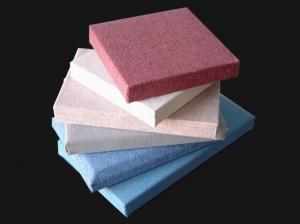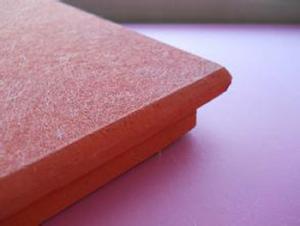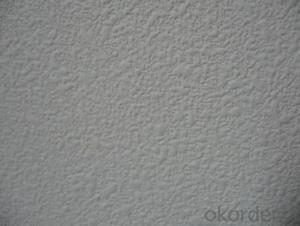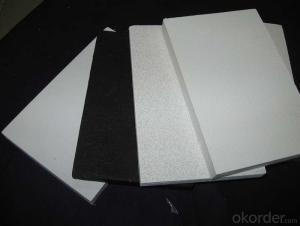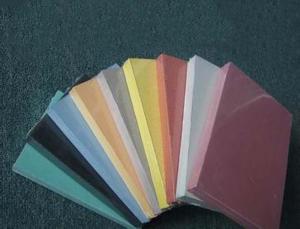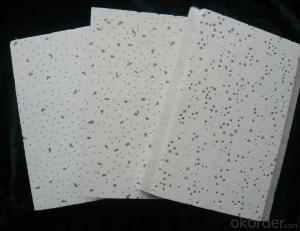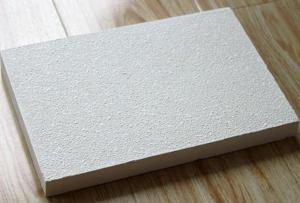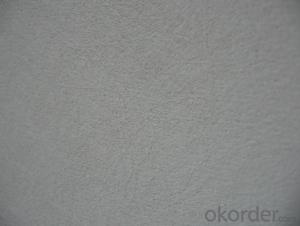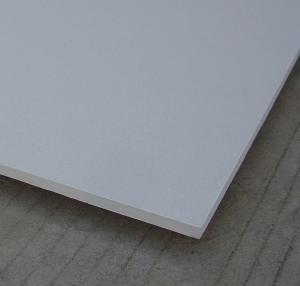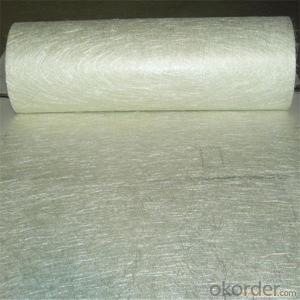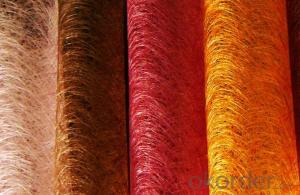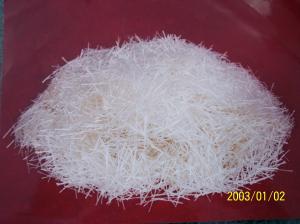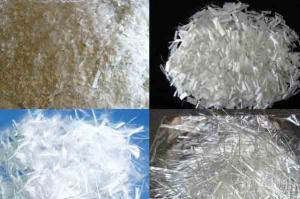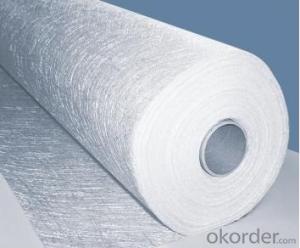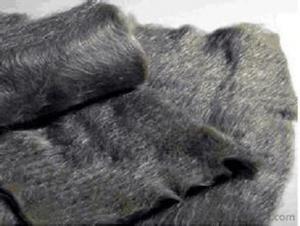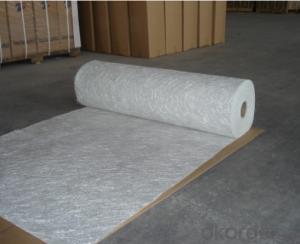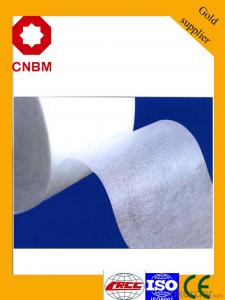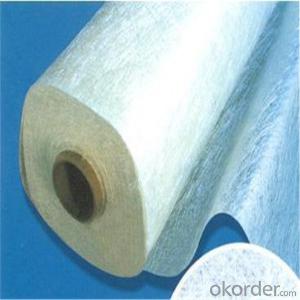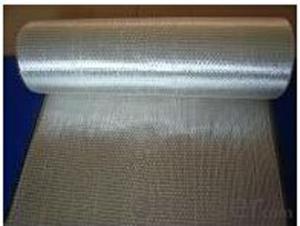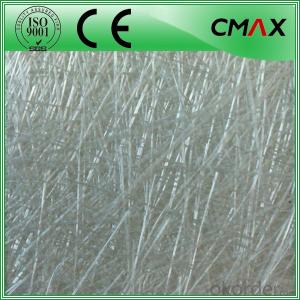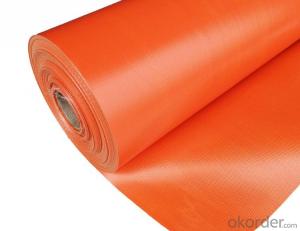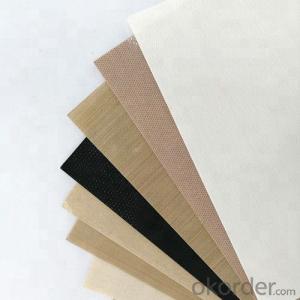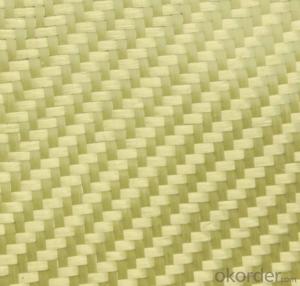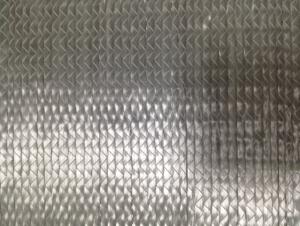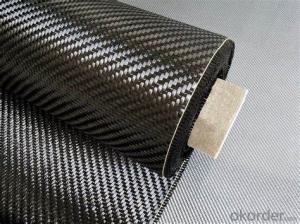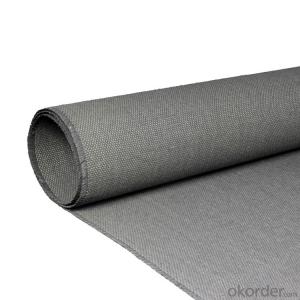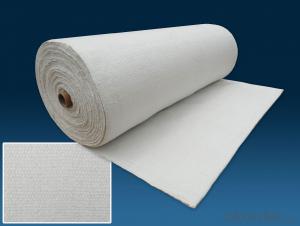Concrete Fiberglass Chopped Strand
Concrete Fiberglass Chopped Strand Related Searches
Led Light Bulbs For Ceiling Fixtures Decorative Ceiling Plate For Light Fixture Ceiling Plate For Hanging Light Fiberglass Sheets For Roofing Track Lights For Kitchen Ceiling Lights For Kitchen Ceiling Lights For Fall Ceiling Spotlight For Ceiling 5 Blade Ceiling Fan With Light 12X12 Ceiling Tiles With HolesHot Searches
Fiberglass Scaffolding For Sale Plastic Roof Tiles For Sale Fiberglass Panels For Sale Fiberglass Greenhouses For Sale Cost Of Concrete Tile Roof Roof Insulation Price Artificial Slate Roof Tiles Price Ceiling Fan Lowest Price Tesla Solar Roof Inverter Types Of Flat Roof Coverings Stone Wall Tiles Cost Company Office Design Ceramic Roof Tiles Cost Metal Roof Tiles Prices Cement Roof Tile Manufacturers Clay Roof Tile Manufacturers Synthetic Roof Tiles Cost Roof Clay Tiles Prices Interlocking Roof Tiles Prices 30 Year Roof Shingles PricesConcrete Fiberglass Chopped Strand Supplier & Manufacturer from China
Okorder.com is a professional Concrete Fiberglass Chopped Strand supplier & manufacturer, offers integrated one-stop services including real-time quoting and online cargo tracking. We are funded by CNBM Group, a Fortune 500 enterprise and the largest Concrete Fiberglass Chopped Strand firm in China.Hot Products
FAQ
- Fiberglass fabric, also referred to as fiberglass cloth, can be found in a variety of weights or thicknesses. The weight of the fabric is determined by measuring the ounces per square yard (oz/yd²) or grams per square meter (g/m²). The range of weights for fiberglass fabric typically spans from 3 oz/yd² (102 g/m²) to 50 oz/yd² (1695 g/m²). The weight of the fiberglass fabric plays a significant role in determining its strength, durability, and suitable applications. For applications that require flexibility, such as boat building, surfboard manufacturing, and automotive parts, lighter weight fiberglass fabrics (3-6 oz/yd² or 102-204 g/m²) are commonly used. These fabrics are also appropriate for repairs and smaller projects. Medium-weight fiberglass fabrics (7-20 oz/yd² or 238-680 g/m²) are often chosen for general-purpose applications like laminating, molding, and reinforcing structures. They offer a good balance between strength and flexibility, making them well-suited for a wide range of projects, including composite manufacturing, construction, and aerospace applications. On the other hand, heavier weight fiberglass fabrics (21-50 oz/yd² or 714-1695 g/m²) are employed in applications that require exceptional strength and rigidity. These fabrics are frequently used in industries such as marine, wind energy, and infrastructure, where materials with high-strength properties are necessary to withstand intense conditions and structural loads. It's worth noting that the specific weight of fiberglass fabric may vary depending on the manufacturer and the intended application. Therefore, it is always advisable to consult the product specifications provided by the manufacturer to ensure the appropriate weight is selected for a specific project.
- Is fiberglass cloth antistatic?
- Glass fiber cloth with conductive function according to the level of application of alkali content place is not the same, for example with high alkalinity can be used as wires.
- Indeed, fiberglass fabric proves to be fitting for high-temperature applications. It possesses durability and heat resistance, allowing it to endure temperatures reaching 1000°F (538°C). Notably, fiberglass fabric boasts exceptional insulation properties, rendering it an optimal selection for heat-related applications, including insulation in ovens, furnaces, and industrial equipment. Moreover, its superior strength-to-weight ratio and ability to resist chemicals and abrasion establish it as a dependable choice for environments with elevated temperatures. Nevertheless, it is worth mentioning that the temperature range and capacities of fiberglass fabric may fluctuate contingent upon the grade and quality of the material.
- Yes, fiberglass fabric is generally resistant to chemicals in the pharmaceutical industry. It is commonly used in pharmaceutical settings due to its high chemical resistance and ability to withstand harsh chemical environments.
- How much glass fiber cloth and how much epoxy resin does it take to make a square meter of fiberglass?
- However, these data are probably different, each kind of resin viscosity (thin consistency), the more concentrated the resin will use more, and alkali content of different fiber, eat the amount of resin will be different, good eating fiber resin will be a little less.
- Due to its unique properties and advantages, fiberglass fabric is widely utilized in the production of sports equipment. One of its primary uses in this industry is for reinforcement purposes. By layering and combining the fabric with resin, a lightweight yet sturdy composite material is created. In the manufacturing of sports equipment like tennis rackets, golf clubs, and hockey sticks, fiberglass fabric is employed to enhance strength and stiffness. This involves layering and bonding the fabric with other materials, such as carbon fiber, to form a composite structure with excellent flexural strength and impact resistance. As a result, athletes can achieve greater power and control during their performance. Furthermore, fiberglass fabric is also incorporated into the production of protective gear for various sports. Helmets, shin guards, and body armor often feature this fabric due to its ability to absorb and distribute impact energy. With its high tensile strength and tear resistance, fiberglass fabric ensures the safety of athletes during high-contact sports. Moreover, fiberglass fabric is utilized in the manufacturing of sports equipment that requires waterproof or weather-resistant properties. For instance, sailboards, canoes, and kayaks incorporate the fabric to provide a protective layer against water penetration. This enhances the equipment's durability and longevity, enabling athletes to use them in different weather conditions without compromising performance. In conclusion, fiberglass fabric plays a vital role in the production of sports equipment by providing reinforcement, enhancing strength and durability, ensuring athlete safety, and enabling weather resistance. Its versatile properties make it an essential component in a wide range of sports gear, contributing to better performance, protection, and overall enjoyment for athletes worldwide.
- The pipe is too hot. What's the protection?
- Hot water pipes can be added to the outer wall insulation cotton protection.
